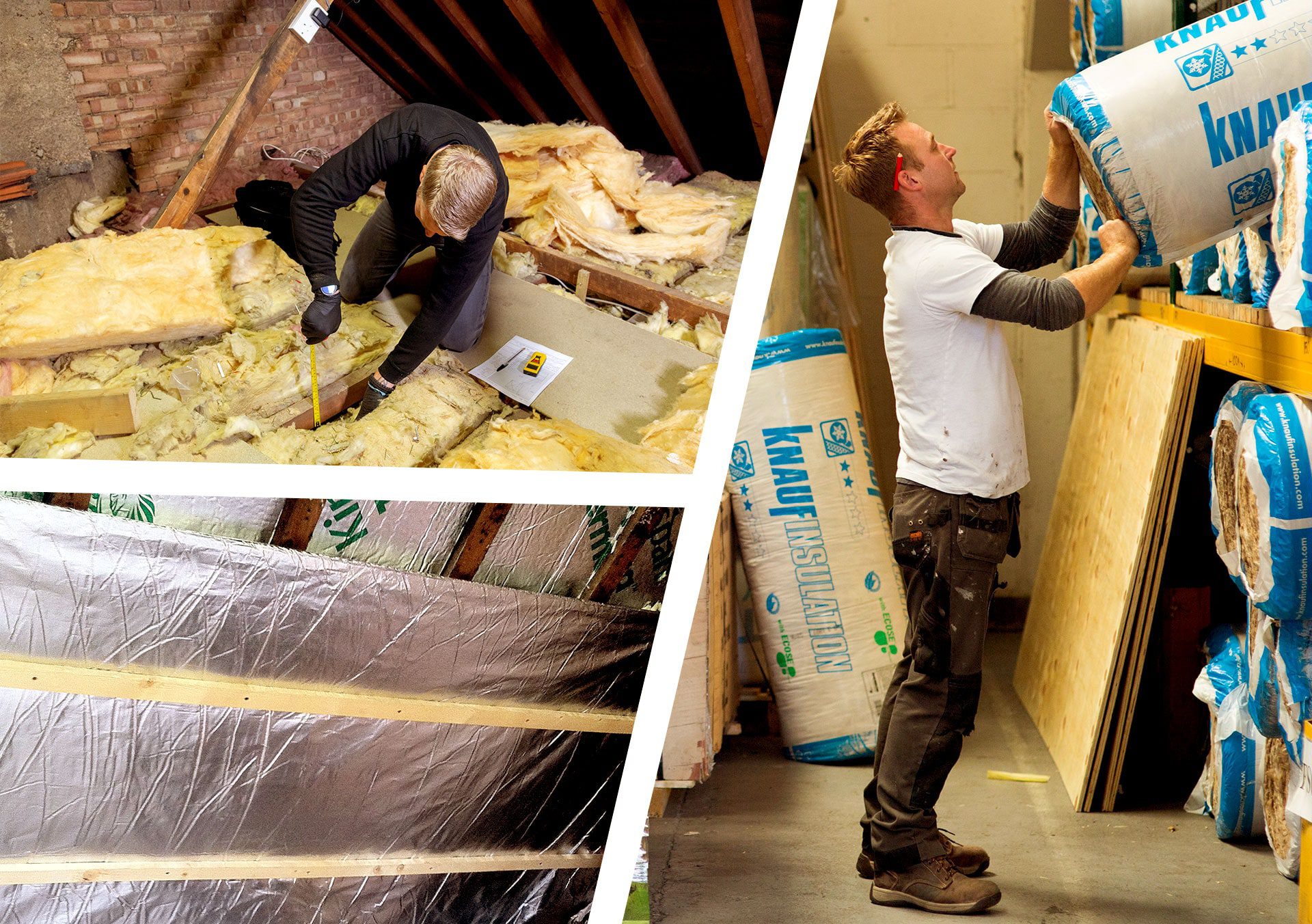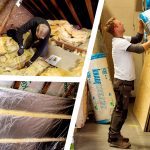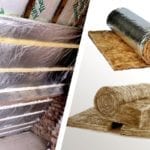Insulating your loft can prevent large amounts of heat from escaping through your roof space. The Energy Saving Trust estimates that insulating the loft of an average house can save between £150 and £250 on your energy bills — and, of course, this reduces your carbon footprint, too.
There are many kinds of insulating materials on the market, though. So which is best?
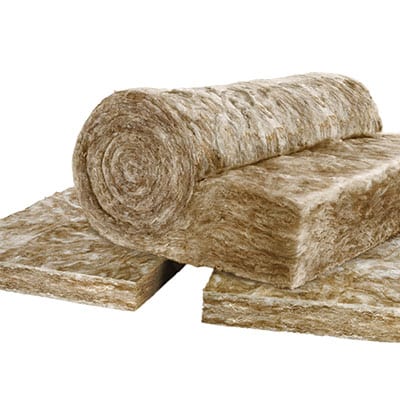
Blanket Insulation
A loft that hasn’t been touched for decades will probably have blanket insulation in between the joists only, which is a very inadequate amount. This is the most standard form of loft insulation, and not only because it’s cheap.
Blanket insulation is typically made of rock, glass or mineral fibre and comes in rolls. It’s straightforward to fit, especially between the joists, which is all you should need if the temperature of the loft itself doesn’t need to be regulated.
However, if you’re going to either spend time up there or store temperature-sensitive items, you’ll also need to insulate the underside of the roof. Blanket insulation isn’t ideal for that.

Loose-Fill Insulation
If you already have insulation between the joists but need to top it up, you can go for extra layers of blanket insulation, or else use loose-fill. This is a loose, lightweight material that can be packed on top to reach the desired depth.
The big advantage of loose-fill insulation is that it’s very cheap, especially if you use recycled materials — this can even be a shredded newspaper. On the other hand, it can only really be used to top up and isn’t very effective used as the primary insulation.
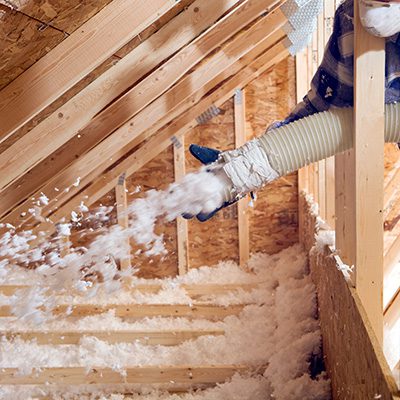
Blown-Fibre Insulation
If you need to get insulation into hard-to-reach nooks and crannies, blown-fibre insulation is the ideal solution. This can be loose materials of various kinds which are blown into the gaps.
This is only a partial solution, though, and isn’t adequate for insulating the whole loft, especially if it’s draughty. It’s also expensive since the machinery used has to be operated by a professional.
Sheet Insulation

If you need a temperature-controlled loft, you’ll also need to insulate the underside of your roof. While blanket insulation isn’t generally suitable, you can buy insulating sheets for the purpose.
The sheets can be made of various materials, natural or synthetic. The insulation quality tends to be excellent, and the boards can be decorated over, but this is the most expensive type of loft insulation.
Conclusion
In conclusion, the ‘best’ loft insulation depends entirely on your specific needs. Whether it’s the simplicity and affordability of blanket insulation, the versatility of loose-fill, the precision of blown-fibre, or the robust coverage of sheet insulation, there’s an option tailored to your requirements. To explore these options further or for personalised advice, don’t hesitate to contact us. We’re here to help you make your home warmer and your energy bills lighter.
Need more in-depth information about insulation? We have the perfect thing… a comprehensive guide to all things Loft Insulation that we lovingly created!
Was this post useful? Here are some other’s you might like...



